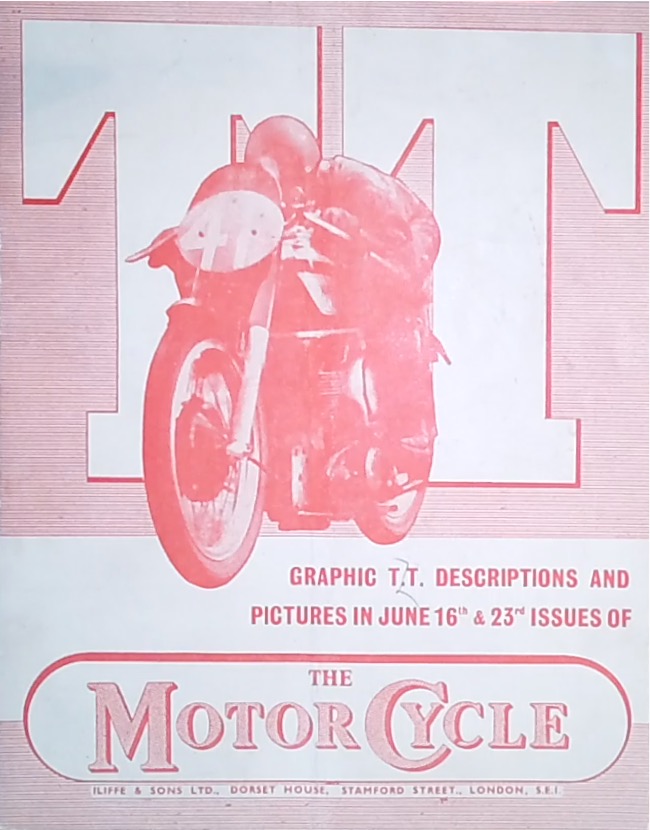I wondered just what Freddie Frith would have made of it. I was stood at the entrance to Chemin Aux Boeufs chicane on the first qualifying lap for the 1000th Grand Prix at Le Mans on Saturday morning when Marc Marquez arrived. Rear wheel showing plenty of clear air from the tarmac as he applied the brakes at over 300 kph before sliding the Repsol Honda left and right. Then he was gone.
Seventy-four years ago, in such a different world, it was dry and clear as 100 350cc riders lined up on Glencrutchery Road. June 13th, 1949, and the birth of a dream. The very first Grand Prix: seven laps and 425 kms of the legendary Mountain circuit in the Isle of Man. Just four years after the end of the Second World War, the FIM launched the motorcycle Grand Prix World Championship one year ahead of their four-wheel counterparts. Four solo classes; 125, 250, 350 and 500, plus of course sidecars, and at European venues Berne, Assen, Spa-Francorchamps, Clady, Monza and the Isle of Man. They had been racing motorcycles on this chunk of granite stuck in the middle of the Irish Sea since 1907. Back then there was a 25kph speed limit on British roads. The forward-thinking Manx government realised that closing their roads for racing could have far-reaching consequences and they were right.
The Lieut.-Governor Air Vice Marshall Sir Geoffrey Bromet dropped the Manx flag to start the race as the riders, all competing on British machines, started in pairs every ten seconds to race between the houses down the fearsome Bray Hill. Every vantage point around the Mountain circuit was jammed with patriotic British fans at last shaking off the devastating effects of war and taking a holiday for the first time in over a decade. Former bomber pilot Les Graham – who had been awarded the Distinguished Flying Cross for bravery in 1944 – led by 19 seconds at the end of the first lap, but a broken clutch brought his race to a premature halt. The AJS of Bill Doran took over until his gearbox broke going up the Mountain at the Gooseneck on the final lap. Forty-year-old Freddie Frith, riding the Velocette, had no way of knowing of Doran’s demise and put in a record last lap to become the first grand prix winner. Irishman Ernie Lyons made it a Velocette one two with Artie Bell third on the Norton. Tragically, though, the day provided a dark reminder how dangerous it was to race motorcycles on the Mountain circuit when Ben Drinkwater was killed after crashing on the fourth lap. A different era to the safety standards of today.
Four days later, technical disaster struck again for Graham who appeared on course to make up for his 350cc disappointment by leading on the last lap of the first 500cc grand prix. Four kilometres from the finish with a 90 second lead the magneto shaft on his AJS shattered and he had to push the bike to the finish. Bespectacled Harold Daniell brought the Norton home for a comfortable victory but Graham’s luck changed. He was crowned the first 500cc World Champion at the end of the season.
The atmosphere and racing at Le Mans were a fitting tribute to those riders who have competed in those 1000 Grands Prix. A cacophony of sound and adrenalin generating from those towering grandstands. A Sunday crowd of nearly 120,000, the largest one-day sporting crowd in France this year, embraced what Grand Prix motorcycle racing is and has always been all about. Freddie Frith and all those pioneers who set such a high standard for others to follow 74 years ago would have loved every minute of it. Even the gravel trap altercation between Bagnaia and Vinales. Without a shadow of a doubt, they would have demanded a ride on a modern MotoGP™ machine.


